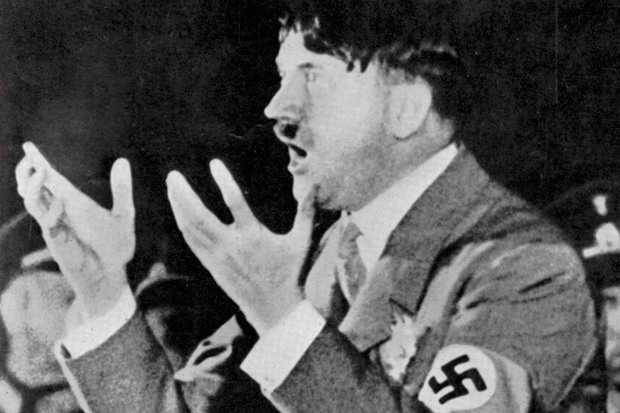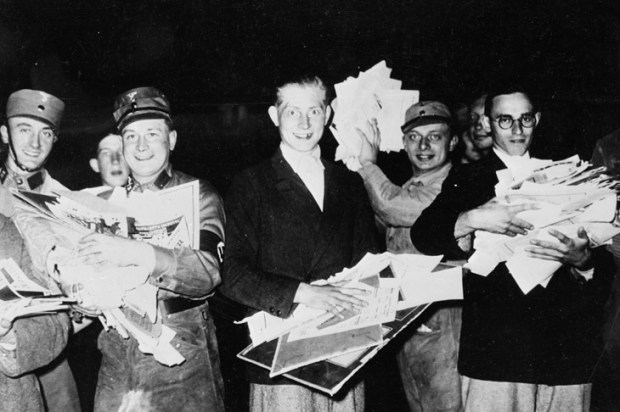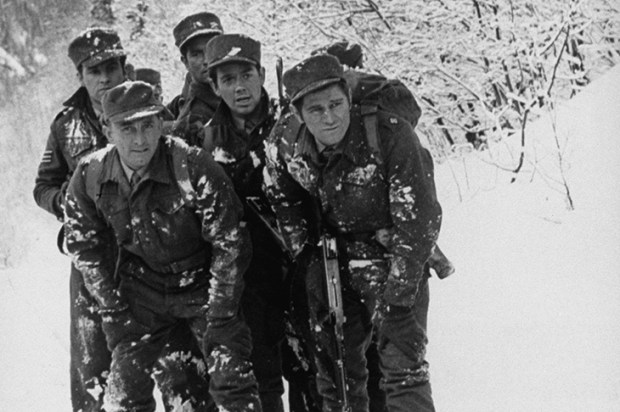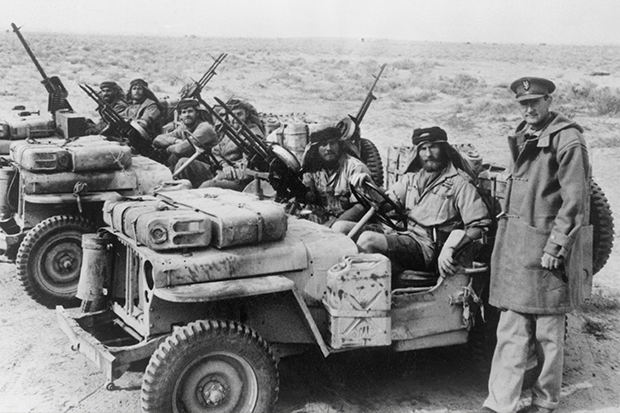Norman Ohler is rather hard on the Nazis, for compared to what our little group got up to in the late 1960s and 1970s, they were shrinking violets in the drugs department. We smoked cannabis, ate opium and sometimes took strong LSD; lines of uncertain content went up nostrils; and we swallowed countless uppers (speed) and downers (tranquillisers, sleepers for looning on). Speed was amphetamine sulphate. Benzedrine, Dexedrine, Methedrine were the three original brands, in rising strength. Soon there were many other names, including slang: Desoxyn, Durophet, Durophet-M (speed with Mandrax), French Blues, Purple Hearts, Black Bombers.
Many were prescribed by doctors who didn’t regard them as outrageously dangerous. I also purchased amphetamine in clear liquid form by the half pint from science undergraduates at both Oxford and Cambridge. In the early 1970s amphetamine sulphate appeared for snorting, an amateurish product, much cut. We took these drugs on an almost daily basis for years. In 1980 I gave it all up. I was never addicted. I took drugs to overcome inhibition and make my life more fun, so I was not interested in switch-off drugs like heroin. The moment you realise you’re no longer growing but repeating, that’s the time to stop.
I mention this to give some perspective to the subject, and in particular to speed — which is one of two main thrusts in Ohler’s book. In 1937 the Germans produced a stronger version of Benzedrine with the wonderful name of Pervitin. Amphetamine is closely allied to the body’s natural adrenaline and all amphetamine products work the same way: high mental concentration, loss of appetite, sleeplessness, loss of overview judgment. It’s the dosage that makes the difference: dexamphetamine and
methylamphetamine are just stronger versions. But this is a book about Nazis — so Ohler needs to sensationalise. He does this by comparing the German pep pill to modern crystal meth, an adulterated product which is the bane of many a nightclub circuit. Though this comparison is soon withdrawn in a footnote, he continues to make it at various points throughout the text.
What is it about writers who write books about drugs? They seem to develop a contact high with the subject, generating lurid backdrops, reeling hyperbole, bug-eyed speculation which by the next page has somehow transmuted into truths on which towers of revelation are wobblingly constructed. This is a shame when facts can speak very effectively for themselves, because Ohler can produce enthralling pages about how Pervitin (prescription-only from 1939) was widely deployed among the German military, particularly for the big-push strategies known as Blitzkrieg. But he should have told us, for comparison, to what extent pep pills were deployed by other national forces. Nor does he address the sexual aspect: a young person on speed has libido suppressed by cerebral intensity, followed by intense randiness as the drug wears off.
Ohler’s second main thrust is the drug diet of Hitler himself, equally fascinating, and equally unsteadily presented. Hitler was a health-food faddist with dreadful flatulence. His personal GP was Dr Theodor Morrell, who became a morphine addict. He injected the Führer with vitamins, hormones, steroids, vitalising juices prepared from animal parts: a mind-boggling list.But Ohler has to exaggerate: ‘Colds were ruled out from the start by intravenous vitamin supplements.’ Sorry — we still don’t have a cold cure.
But the question of Hitler and drug abuse turns mainly on the injection of Eukodal. This was a German painkiller made from codeine. I never injected anything, but William Burroughs did and he said that injecting Eukodal was the greatest junk experience of his life. It was also the most troublesome: it’s a short-acting high and at one point Burroughs was injecting it every two hours, creating open sores in his veins.
At first Ohler only surmises that Morrell injected Hitler with Eukodal; then he asserts it across many pages; then he pulls us up on page 270 with ‘None of this is proof’. Similarly, in reference to Hitler’s overall condition, one is told that ‘he moved in a permanent fog’, but a few pages later that ‘Hitler was always the master of his senses and knew exactly what he was doing.’
There is a third thrust in the text, potentially the most interesting of all: drug experiments at Dachau and Auschwitz which ‘focused on brainwashing and consciousness control’. But it soon peters out. Perhaps a second book?
The post Nazis and narcotics appeared first on The Spectator.
Got something to add? Join the discussion and comment below.
Get 10 issues for just $10
Subscribe to The Spectator Australia today for the next 10 magazine issues, plus full online access, for just $10.
You might disagree with half of it, but you’ll enjoy reading all of it. Try your first month for free, then just $2 a week for the remainder of your first year.














Comments
Don't miss out
Join the conversation with other Spectator Australia readers. Subscribe to leave a comment.
SUBSCRIBEAlready a subscriber? Log in